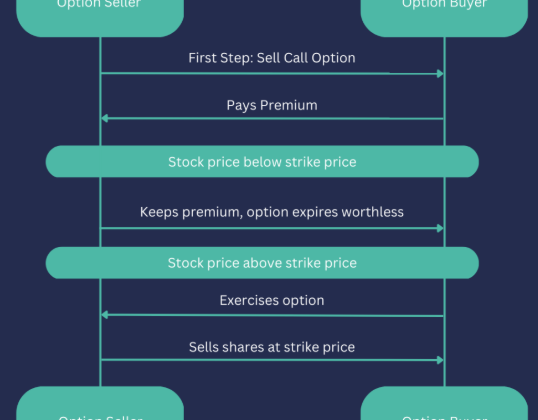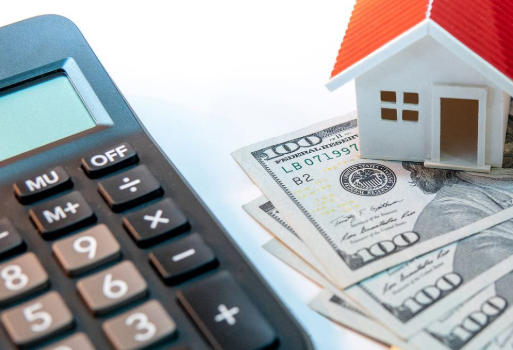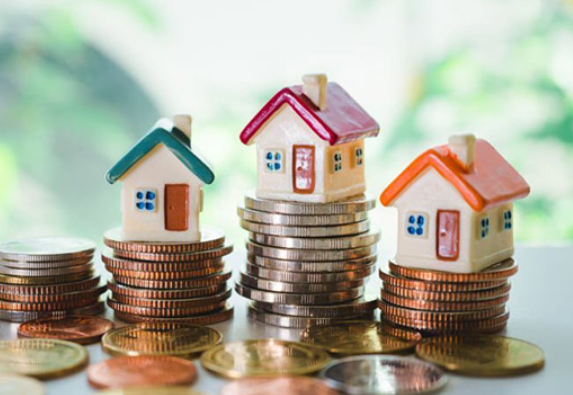
In commercial real estate, cash flow is an essential metric, but the term is often used too loosely. In reality, cash flow is a nuanced concept that is crucial for investors to fully understand. Specifically, “Net Operating Income” (NOI) and “Cash Flow Before Taxes” (CFBT) are the more precise terms used to assess a property’s financial performance. These figures provide investors with a clearer picture of profitability, guiding their investment decisions.
In this post, we’ll explore what cash flow in real estate is, how it’s calculated, and why it matters in the context of commercial investments. Whether you’re new to real estate or a seasoned investor, this guide will help you grasp the importance of cash flow and how it affects property valuation.
What is Cash Flow in Real Estate?
In simple terms, cash flow refers to the money a property generates after expenses. However, in real estate investing, it’s essential to differentiate between general cash flow and more specific metrics like Net Operating Income (NOI) and Cash Flow Before Taxes (CFBT).
- Net Operating Income (NOI): This is the income a property generates from its operations, excluding debt service (loan payments). It’s calculated by subtracting operating expenses from gross income. This number is often used to determine a property’s market value.
- Cash Flow Before Taxes (CFBT): This figure is derived by subtracting debt service from NOI. It represents the actual cash available to distribute to investors and is often what people refer to when they talk about real estate cash flow.
Positive vs. Negative Cash Flow
When evaluating cash flow, it’s crucial to understand whether a property is generating positive or negative cash flow.
- Positive Cash Flow: This occurs when the income from the property exceeds both operating expenses and debt payments, leaving a surplus. For instance, if a property generates $100,000 in rental income, incurs $50,000 in operating expenses, and has $25,000 in debt service, the remaining $25,000 is positive cash flow.
- Negative Cash Flow: Conversely, negative cash flow happens when the income from the property isn’t enough to cover both operating expenses and debt service. For example, if the property generates $100,000 in rental income but has $80,000 in operating expenses and $25,000 in debt service, the cash flow would be -$5,000. While negative cash flow may be acceptable during periods of renovation or leasing, sustained negative cash flow signals a problem.
Simplified Cash Flow Example
To make it clearer, let’s walk through a simplified example. Imagine an investor is considering a 10,000-square-foot commercial property with the following financial details:
- Gross Rental Income: $100,000
- Operating Expenses: $55,000 (includes property taxes, insurance, maintenance, utilities, etc.)
- Debt Service: $30,000 (loan payments)
From this, the calculation would be:
- Net Operating Income (NOI) = $100,000 (gross income) – $55,000 (operating expenses) = $45,000
- Cash Flow Before Tax (CFBT) = $45,000 (NOI) – $30,000 (debt service) = $15,000
Thus, the property generates $15,000 in cash flow before taxes, which can be distributed to investors.
The Importance of Understanding Cash Flow in Real Estate
Cash flow plays a central role in the return on investment for commercial properties. By understanding cash flow, investors can gauge the potential profitability of an asset and make better decisions.
- Cash-on-Cash Return: This is one of the most common metrics for evaluating cash flow. It’s calculated by dividing the annual cash flow by the initial equity investment. For example, if you invested $100,000 and received $5,000 in annual cash flow, your cash-on-cash return would be 5%.
- Other Metrics: Cash flow is also integral to calculating other performance metrics, such as Internal Rate of Return (IRR), equity multiple, and gross rent multiplier. These calculations help investors understand the long-term performance potential of a property.
Factors Affecting Cash Flow
Several factors influence the amount of cash flow a property generates. Here are some of the most significant:
- Income: Rent is the most critical source of income for most commercial properties. Rental rates are influenced by market conditions, tenant lease agreements, and overall demand for space. Increasing rent or securing long-term tenants can boost cash flow.
- Other Income: Properties may generate additional income streams beyond rent. For instance, in multifamily properties, tenants might pay for parking or pet fees, which can contribute to cash flow.
- Expenses:
- Tenant Turnover: When tenants vacate, cash flow may be affected due to vacancy periods and the costs of finding new tenants.
- Repairs and Maintenance: While necessary, these expenses can reduce cash flow, especially when unexpected repairs arise.
- Utilities: Power, water, and other utility costs reduce the property’s cash flow, so managing these expenses is crucial.
- Operating Costs: These include property management fees, landscaping, insurance, and legal costs, all of which impact cash flow.
- Missed Rent and Vacancy: Missed rent or tenant vacancies can directly reduce cash flow. Additionally, legal costs associated with collecting overdue rent can further strain finances.
- Property Management Costs: Whether in-house or outsourced, managing a property involves costs that reduce available cash flow. Effective property management can minimize these expenses and optimize revenue.
How to Increase Cash Flow
Investors can use various strategies to boost cash flow from their properties:
- Increase Rent: Raising rents during lease renewals or adding periodic rent increases can drive higher revenue.
- Encourage Long-Term Tenants: Offering competitive rates for longer lease commitments can reduce turnover costs and ensure stable cash flow over time.
- Appeal Property Taxes: In areas with declining property values, appealing tax assessments can help reduce costs and improve cash flow.
- Renovations: Upgrading the property or performing value-add improvements can justify higher rents or lower vacancy rates, thereby increasing cash flow.
- Preventative Maintenance: Regular maintenance can prevent costly repairs down the road, helping preserve cash flow.
- Add Revenue Streams: For example, renting out parking spaces or converting unused space into storage units can increase cash flow.
- Manage Operating Costs: Cutting unnecessary expenses, like renegotiating service contracts or using technology to streamline operations, can improve cash flow.
What is the 1% Rule for Cash Flow?
For quick property evaluations, many investors use the 1% rule, which states that a property’s monthly rent should be at least 1% of its purchase price for it to be considered a good investment. For example, a property purchased for $1,000,000 should generate at least $10,000 per month in rent. If the property meets this threshold, it may be worth conducting a more detailed analysis.
Conclusion
Cash flow is a vital component of any commercial real estate investment. Understanding how it works, the factors that affect it, and how to improve it can help investors make smarter decisions and ensure profitability. Whether through increasing rental income, reducing costs, or both, enhancing cash flow is key to generating strong returns.









